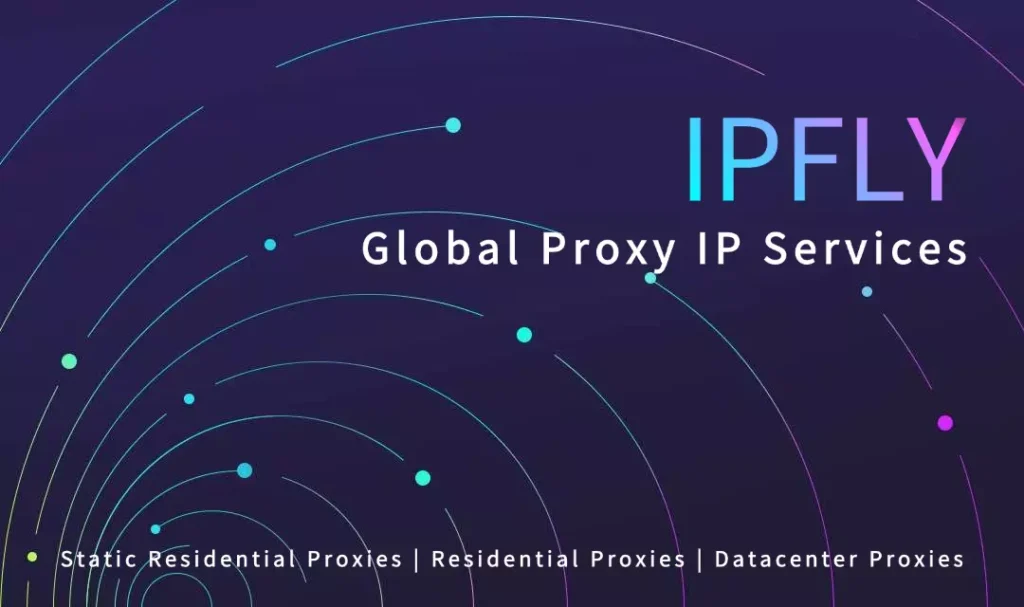Network proxies act as clever intermediaries in the vast web of digital communications, much like how relay neurons in the human brain pass signals between sensory inputs and motor outputs to ensure smooth coordination. These servers sit between a user’s device and the internet, intercepting requests and responses to manage traffic flow, enhance security, or bypass restrictions. At their core, proxies manipulate data packets by rewriting headers, allowing them to mask the user’s identity or filter content, a process that draws parallels to biological camouflage where organisms alter their appearance to blend into environments and evade threats.
From a scientific standpoint, network proxies operate within the layered architecture of the TCP/IP model, primarily at the application layer, where they encapsulate and forward information using protocols like HTTP or SOCKS. This enables functions such as caching—storing frequently accessed data to reduce load times, akin to how memory cells in the immune system “remember” pathogens for quicker responses. By providing a gateway, proxies not only optimize bandwidth but also introduce a layer of abstraction, making them essential tools in cybersecurity and network management. This tutorial article delves into the foundational principles, operational mechanics, benefits, applications, and practical setups, offering step-by-step guidance to help readers experiment with this technology in an informed and ethical manner.

The Core Principles of Network Proxies and Their Role in Data Flow
To appreciate a network proxy, consider the basics of internet communication: data travels in packets, each with headers containing source and destination IPs, much like envelopes with addresses in a postal system. A proxy server intercepts these packets, acting as a middleman that can inspect, modify, or redirect them before they reach their final destination. Scientifically, this aligns with signal processing in telecommunications, where intermediaries filter noise to improve clarity and efficiency.
There are two primary types: forward proxies, which represent clients to access external resources (e.g., for privacy), and reverse proxies, which shield servers from direct client access (e.g., for load balancing). Forward proxies, often used by individuals, hide the user’s IP, reducing traceability through IP substitution—a technique rooted in network address translation (NAT). Reverse proxies, common in enterprise settings, distribute incoming traffic across servers using algorithms like round-robin, optimizing resource allocation similar to how ecosystems balance predator-prey dynamics for stability. By caching responses, proxies also conserve bandwidth, storing data locally for faster retrieval, which exemplifies temporal locality in computer science where recent accesses predict future ones. Understanding these principles reveals how proxies bridge gaps in connectivity, making them invaluable for secure and efficient online interactions.
How Network Proxies Work: A Step-by-Step Mechanism
The operation of a network proxy can be dissected into a logical sequence, illustrating the interplay of protocols and data manipulation. Imagine this as a controlled experiment in physics, where you observe how forces (data flows) interact through a medium (the proxy).
1.Request Interception: When a user initiates a connection (e.g., loading a website), the proxy client on the device diverts the request to the proxy server instead of directly to the target, encapsulating it with authentication if required—a step akin to packaging molecules for transport in cellular biology.
2.Header Modification: The proxy rewrites the packet headers, replacing the user’s IP with its own, and may add filters for content control, drawing from packet engineering where metadata is altered without changing the payload.
3.Forwarding to Destination: The modified request is sent to the target server, which responds as if communicating with the proxy, enabling functions like anonymous browsing or geo-unlocking.
4.Response Relay: The proxy receives the reply, applies any caching or filtering (e.g., blocking malware), and forwards it back to the user, completing the cycle with minimal added latency.
5.Session Management: For ongoing connections, the proxy maintains state, logging metrics like bandwidth usage for optimization, similar to feedback loops in control systems that adjust based on performance data.
This mechanism not only shields users but also enhances efficiency, with caching reducing data transfer by up to 30% in repeated accesses, as shown in network performance analyses.
Benefits of Network Proxies: Boosting Security and Performance
Network proxies provide a range of advantages, rooted in their intermediary role. Enhanced privacy is paramount: by masking IPs, they disrupt tracking mechanisms that rely on persistent identifiers, protecting against surveillance much like camouflage in evolutionary biology conceals prey from predators. Security benefits include filtering malicious content, where proxies scan for threats using signature-based detection, blocking viruses or phishing attempts before they reach the user.
Performance gains come from caching and load balancing: proxies store local copies of frequent resources, reducing round-trip times, and distribute traffic to prevent server overloads, optimizing throughput in high-demand scenarios. They also enable content control in organizations, enforcing policies through URL filtering, similar to regulatory enzymes in biochemistry that gatekeep reactions. Drawbacks, such as potential speed reductions from added hops, are mitigated in well-configured setups.
Practical Applications: From Privacy to Enterprise Management
Network proxies find wide use across domains, leveraging their science for real-world efficiency. In privacy applications, they allow bypassing geo-restrictions for global content access, simulating local presence through IP geolocation spoofing. For enterprises, reverse proxies protect web servers by handling SSL termination and DDoS mitigation, distributing attacks across buffers like shock absorbers in physics.
In educational settings, proxies facilitate safe browsing by filtering inappropriate content, while in development, they enable testing from various locations. Services like IPFLY incorporate network proxy features with residential IPs, offering robust solutions for tasks requiring high authenticity and reliability, such as ad verification or market research. Other uses include anonymous research and secure remote access, where proxies tunnel connections to safeguard sensitive data.
Whether you’re looking for reliable proxy services or want to master the latest proxy operation strategies, IPFLY has you covered! Hurry to visit IPFLY.net and join the IPFLY Telegram community—with first-hand information and professional support, let proxies become a boost for your business, not a problem!

Hands-On Tutorials: Setting Up and Using Network Proxies
To bring theory to life, try these tutorials, structured as simple experiments to observe proxy effects on connectivity.
Tutorial 1: Configuring a Basic Forward Proxy on Windows For personal privacy:
1.Open Settings > Network & Internet > Proxy.
2.Under Manual proxy setup, enter the server address and port (e.g., for HTTP).
3.Save and test by browsing a site, noting the changed external IP via diagnostic tools.
4.Monitor speed, adjusting for optimal balance.
This demonstrates immediate masking, useful for casual use.
Tutorial 2: Implementing a Reverse Proxy for Home Servers For protecting local services:
1.Install open-source software on your server.
2.Configure virtual hosts to route traffic, setting up SSL for encryption.
3.Forward ports on your router to the proxy.
4.Test access from external devices, measuring response times for efficiency.
This tutorial highlights server-side protection, ideal for hobbyists.
Tutorial 3: Advanced Proxy Chaining for Enhanced Anonymity For layered security:
1.Set up multiple proxies in sequence using client tools.
2.Configure chaining rules, testing each hop with trace commands.
3.Monitor for leaks, ensuring no original IP exposure.
4.Experiment with protocols, quantifying privacy gains through external checks.
This advanced method fosters deeper understanding of multi-hop routing.
Ethical Considerations in Network Proxy Usage
While proxies empower users, ethical application is crucial—focus on legal tasks like privacy protection or content filtering, avoiding misuse for infringement or evasion. Promote transparency, as proxies can obscure accountability, and adhere to service terms to maintain a healthy digital ecosystem.
In conclusion, network proxies offer a fascinating blend of scientific innovation and practical utility, serving as gateways to a more secure and efficient online world. Through these tutorials, enthusiasts can explore their capabilities thoughtfully, unlocking new dimensions in digital interaction while appreciating the elegant mechanics at play.


